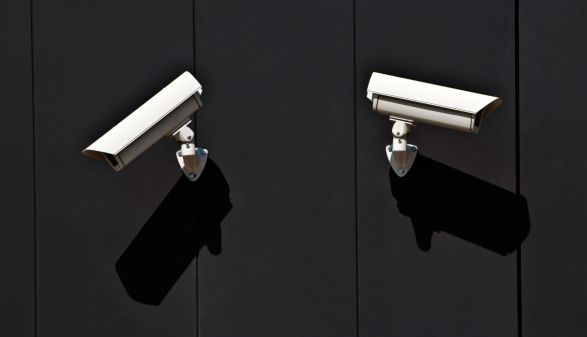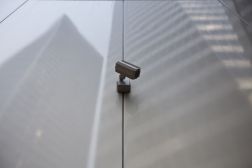Police complaints plummet in San Antonio following body camera use

Ever since outfitting their officers with body cameras two years ago, the San Antonio Police Department has seen a significant drop in complaints, according to records obtained this month by the San Antonio Express-News.
Since police departments first began adopting body worn cameras in response to protests against police brutality in recent years, groups around the country have sought to understand how the technology is changing the dynamic between the public and police. While it is unclear if body cameras decrease brutality or complaint rates, anecdotes suggest a civilizing effect. Only nine months after officers began using the body cameras, SAPD saw a 36 percent decrease in use-of-force filed complaints.
“We need more research on body worn cameras across many more agencies and in many more settings. For now, the weight of the evidence is that body worn cameras reduce use of force and citizen complaints,” said Michael Smith, chair of the criminal justice department at the University of Texas at San Antonio, in an interview with StateScoop.
Formal complaints can come from an officer or civilian, and the complaints can range from a range of physical acts to deadly force. SAPD saw a 20 percent decrease in complaints by the end of 2016.
Police in Mesa, Arizona, saw similar effects, but a study in Washington, D.C. showed that body cameras did not have an effect on police complaints there.
San Antonio was one of the first police departments to consider the cameras back in 2014, and soon after that they launched a year-long pilot program with six different camera models.
Former President Barack Obama became a big proponent of body cameras after the killing of Michael Brown in Ferguson, Missouri. As a result, the Department of Justice gave a $1 million camera grant to police departments in San Antonio, Chicago, Miami, Detroit, and Washington, D.C.
San Antonio’s five year contract with Axon, formerly called Taser International, will end in 2020. Axon provides the police department with 2,200 cameras, as well as storage and maintenance.
If the department extends the contract, eight more years could cost up to $16.6 million, according to city records.
“Cloud storage of millions of bits of video data is expensive, and many agencies can’t afford it even if they can get a grant to cover the cost of the cameras themselves,” Smith said. “Cost is the biggest obstacle to the widespread adoption of body worn camera technology. Half of all police departments in the U.S. have ten or fewer officers. Small towns and rural communities can’t afford body worn cameras, and even some of the larger agencies don’t want to commit to the long-term costs involved, especially when the jury is still out on their effectiveness.”
Despite all this, Smith says he thinks that prices will decrease over time and the technology will soon become the norm in all departments.





